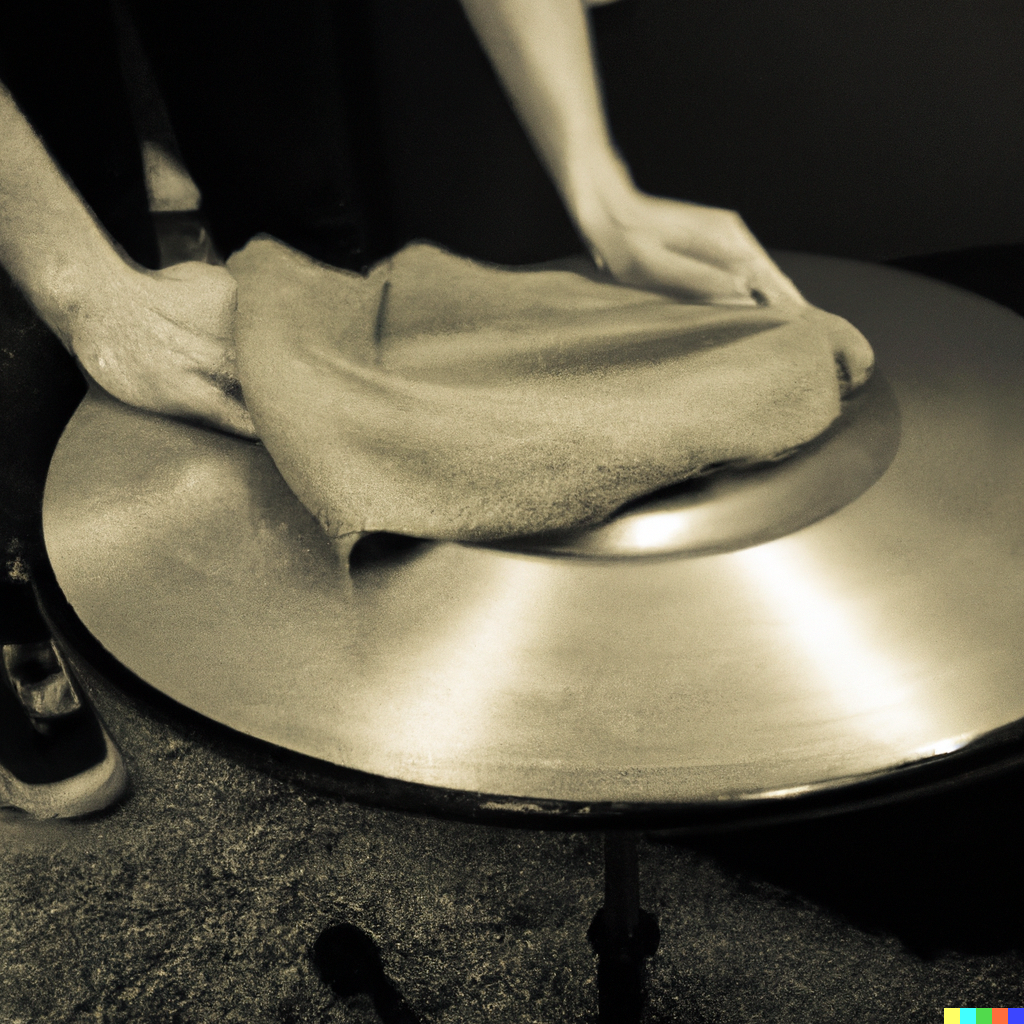The Origins of the Amen Break Sample
Where did the Amen Break sample come from, and how do you play it on the drum kit?
This article contains affiliate links to products we love and recommend.
The Amen Break has been sampled countless times, particularly in electronic dance music.
Even if you don’t know what the Amen Break is yet, you have definitely heard it. It’s one of the most famous drum beats ever and has been sampled countless times since it first landed. But where did this beat come from? What was the first recording of the Amen Break sample?
Where was the first Amen Break recording?
The Amen Break is a 6-second drum solo taken from the track "Amen, Brother" by the soul and funk group The Winstons. It was recorded in 1969 by drummer Gregory Cylvester "G. C." Coleman and was first used in the song "Amen, Brother," which appeared on The Winstons' album "Color Him Father."
The influence of the Amen Break
The Amen break has influenced drum beats in many genres from rock and pop to jungle and drum and bass. One of the first examples of the beat being used as a sample was in Salt n Pepa’s I Desire. But this beat’s influence ranges far and wide. For example you can probably hear the similarities in the drums on songs like ‘Don’t look back in anger’ by Oasis and ‘Fire starter’ by The Prodigy.
In the 1980s, the Amen Break was discovered by pioneering hip-hop and electronic music producers, who began to sample it in their own compositions. For example it features in N.W.A’s Straight Outta Compton. The Amen Break quickly became one of the most widely used and recognizable drum breaks in popular music, appearing in countless songs across a variety of genres, including hip-hop, jungle, drum and bass, and breakbeat.
What makes the Amen Break so good?
Of course this is a bit of a subjective question, but for our money the key to the Amen Break’s funkiness is the displaced back beat - falling behind the typical 2 and 4 pattern. It’s known in psychology that when we expect things in music we build up chemicals that reward us, like dopamine, and when we don’t immediately hear what we’re anticipating the more is released. This makes us feel great when the beat is finally resolved. Hence it’s that delayed back beat that’s doing the heavy lifting to make the Amen Break irresistible. Check out our guide to beat displacement for creating irresistible funkiness here.
How to play the Amen Break
Here’s a basic example of how to play the Amen Break:
Start by playing sixteenth notes on the hi-hat cymbal with your right hand. Keep a steady, consistent rhythm throughout.
Play straight eighth notes (quavers) on the hi-hat
Play the first and sixth eighth note on the bass drum
Accent the third and seventh eighth note on the snare drum. This creates a "boom-chick" sound
In between the fourth and fifth, and fifth and sixth eighth notes play ghost notes on the snare drum
Add your own variations to embellish the beat, including that displaced (delayed) backbeat on the ‘4&’.
The Amen Break in electronic music
The Amen Break is culturally significant due to its pioneering use in hip-hop and electronic music, and its role in the development of these genres. It has been sampled in countless songs and has become a symbol of the creativity and innovation that has driven popular music forward.
In recent years, the Amen Break has also gained recognition for the way in which it has been used as a sample. Because the sample is so widely recognized, it has become a tool for referencing and paying tribute to the musicians who came before.
What tempo is the Amen Break?
Producers who want to use the Amen Break as a sample can change the tempo of the original sample. However the original sample is around 120 BPM. Drummers wanting to learn the beat could start at, or aim to get to this tempo, to stay true to the original. This sits nicely for the tempos of house and break beat music (typically between 110 to 130 BPM). Drum n bass and jungle tend to be a little faster at 140 BPM and above, while hip hop is typically slower at around 60-100 BPM.
Using famous beats as samples
Want to know more about programing beats, using samples of great drum beats like the Amen break? I recommend this book for a great overview of making electronic music (this is an Amazon affiliate link):





